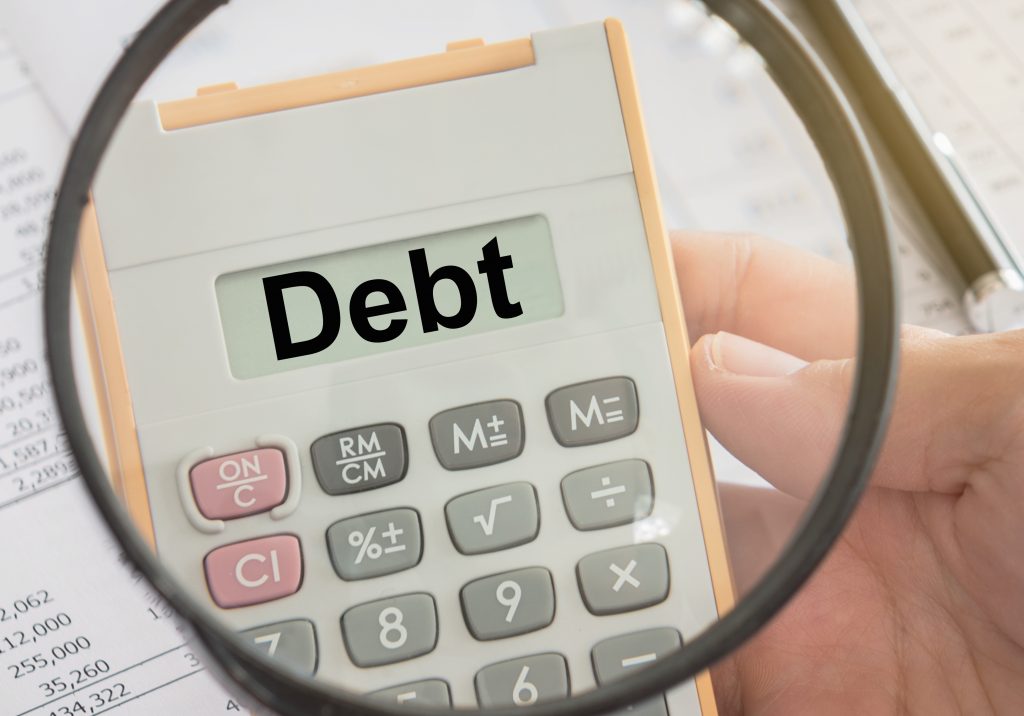Home-equity debts allow you to get loans with your home’s equity as the collateral. Your collateral refers to what you pledge as an assurance that you will repay your debt. Your equity is the balance between your home’s value and what you owe on your home loan.
A home-equity debt works much like a second home mortgage in Draper. City Creek Mortgage agrees that you do not need to change your current mortgage to be a suitable candidate for home-equity loans. Here are some facts to help you fathom precisely what home equity debts are.
How Do Home-Equity Debts Work?
With an equity-debt, you receive a large sum of money and a concurrent repayment schedule. You will typically make your monthly home-equity loan repayments in a similar way to your regular home loan payments. You are allowed to borrow up to 80-90% of your home’s worth.
Categories of Home-Equity Debts
There are two types of loans available for you. A Fixed-rate loan and a home-equity line of credit abbreviated HELOC. With fixed-rate loans your loan in a lump sum and repay it with the same interest rate over the entire lifetime of your loan. With a HELOC, you get a special check or credit card which allows you to access a particular limit of cash and your interest rates vary over the loan’s lifetime.
Benefits of Home-Equity Debts
These loans are a source of easy cash. The interest you pay on home-equity loans is tax-deductible. When you consolidate your mortgage with a home-equity debt, you repay the loan in a single payment with lower interest rates and reap huge tax benefits.
The primary pitfall in home-equity loans is that for borrowers who fall into a continuous borrowing habit, it is easy to sink into deeper into debts. In fact, this situation is so typical that lenders now call it reloading. Partnering with a trusted mortgage planner will provide you with the much-needed advice to avoid any traps.

